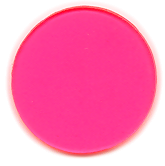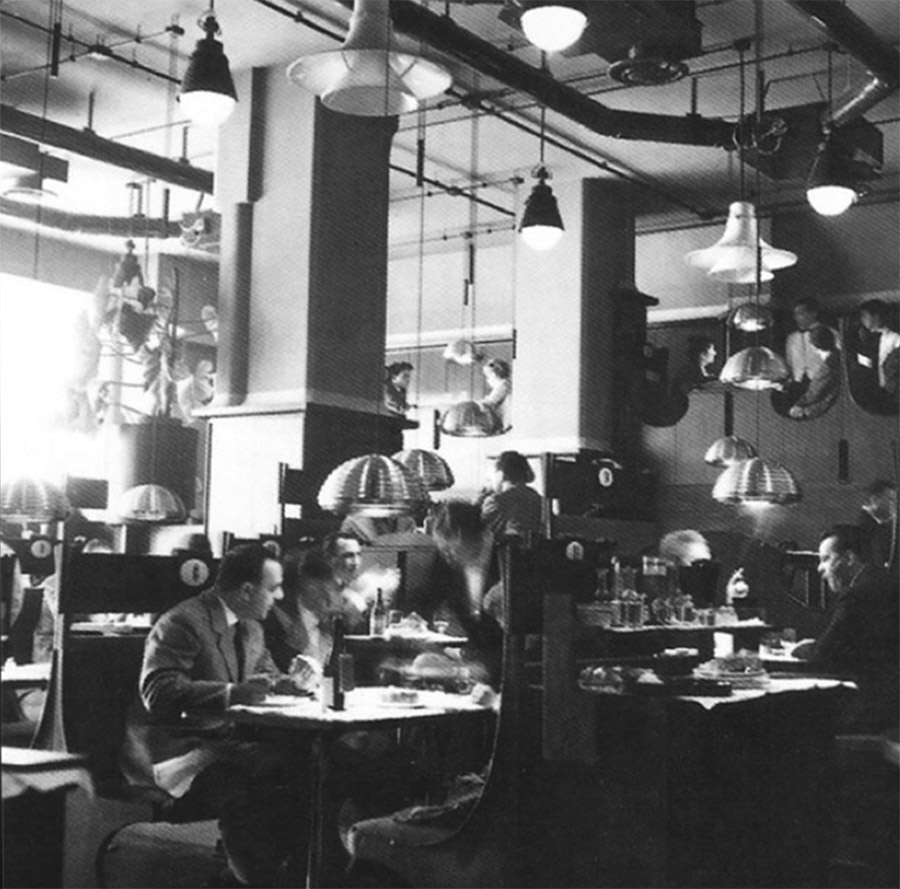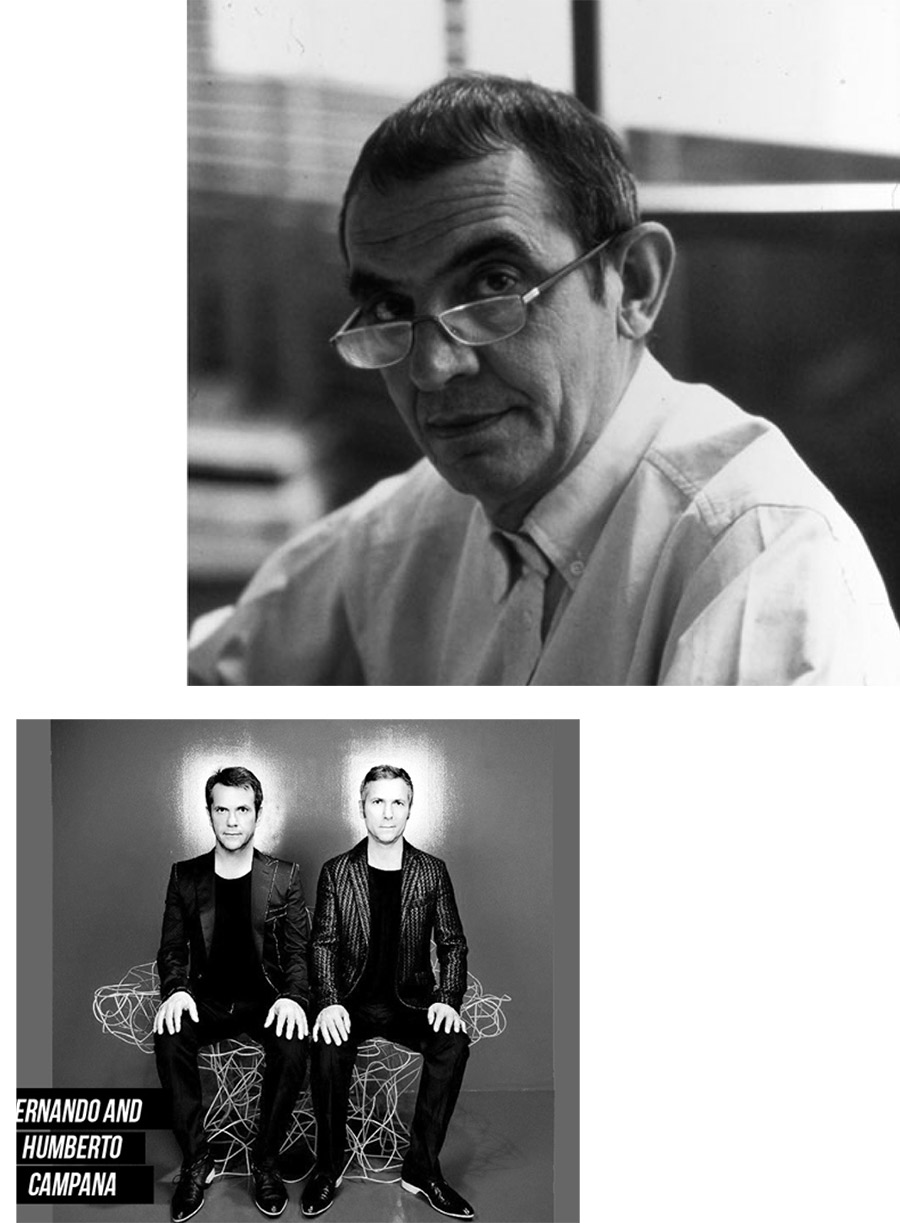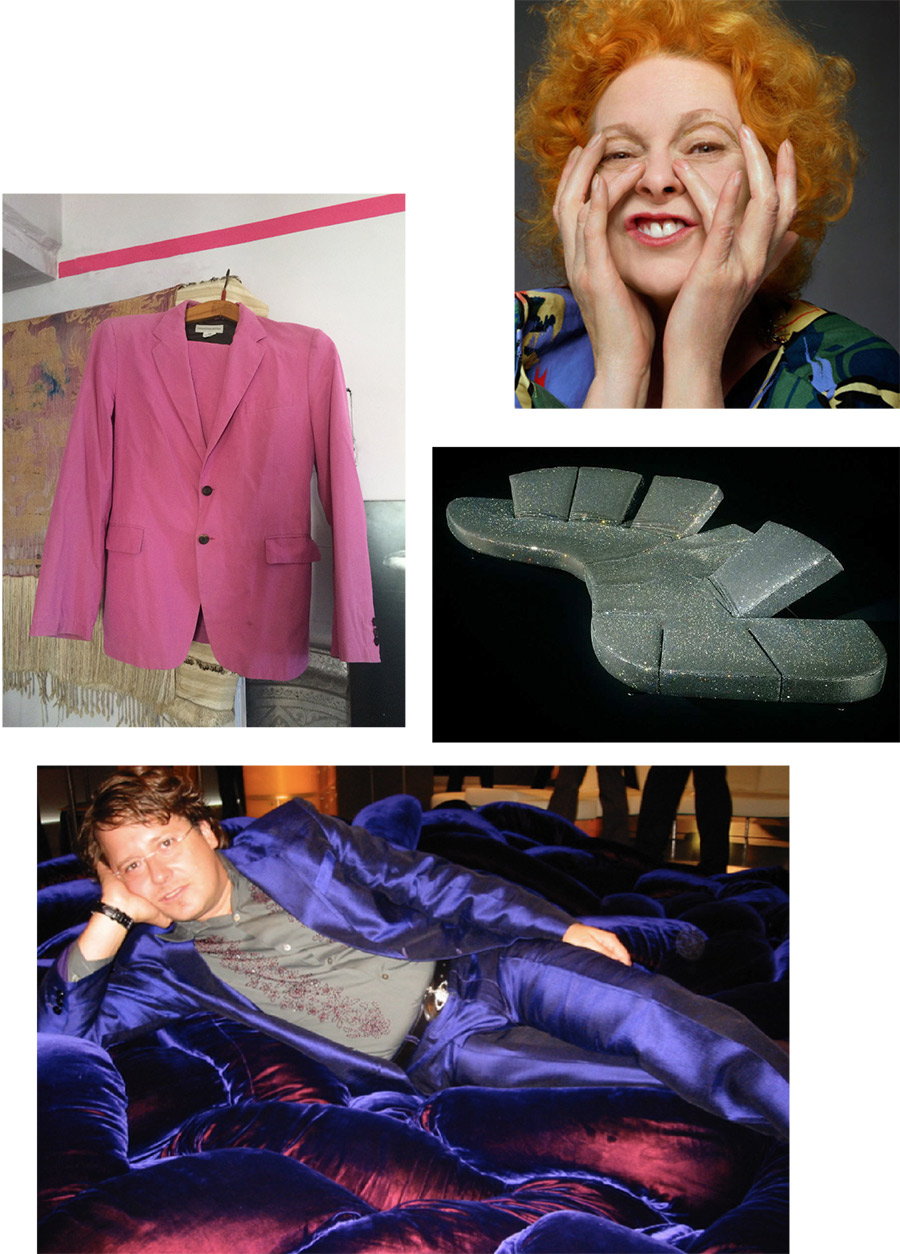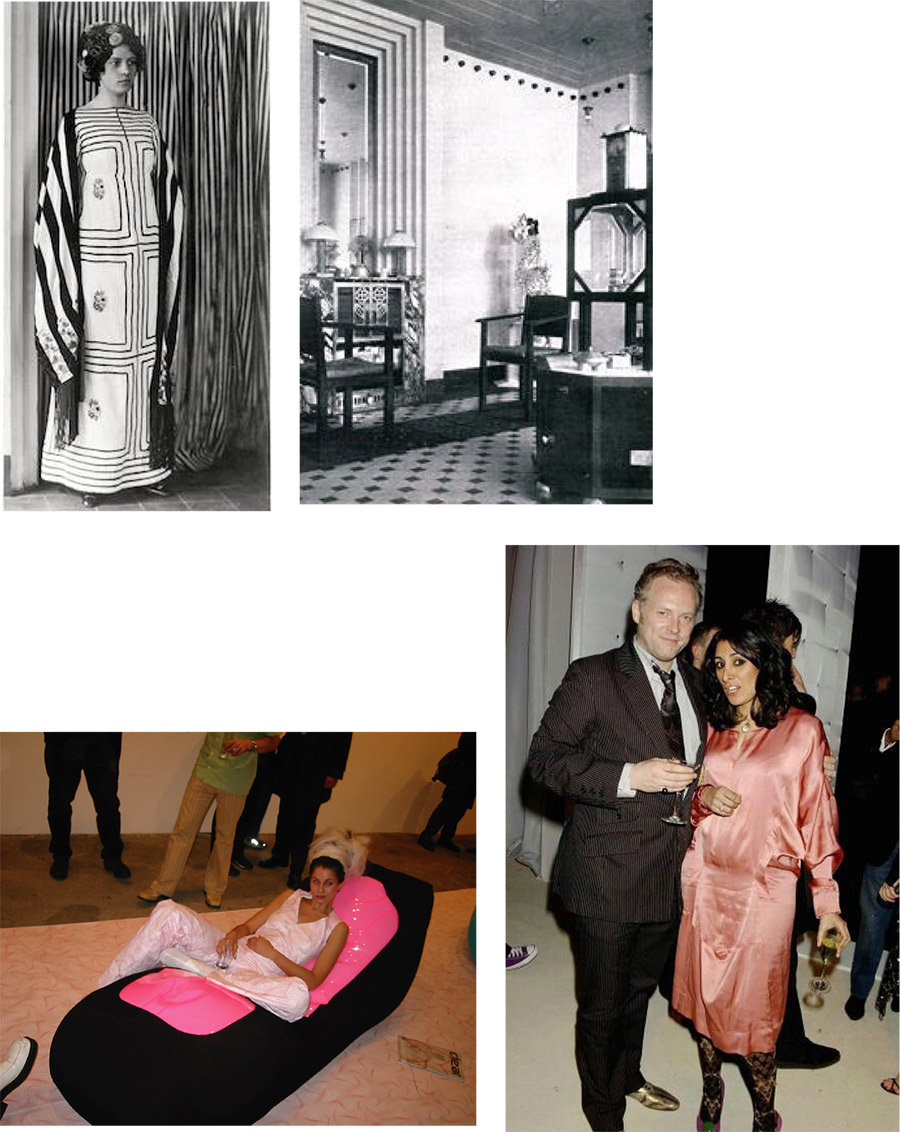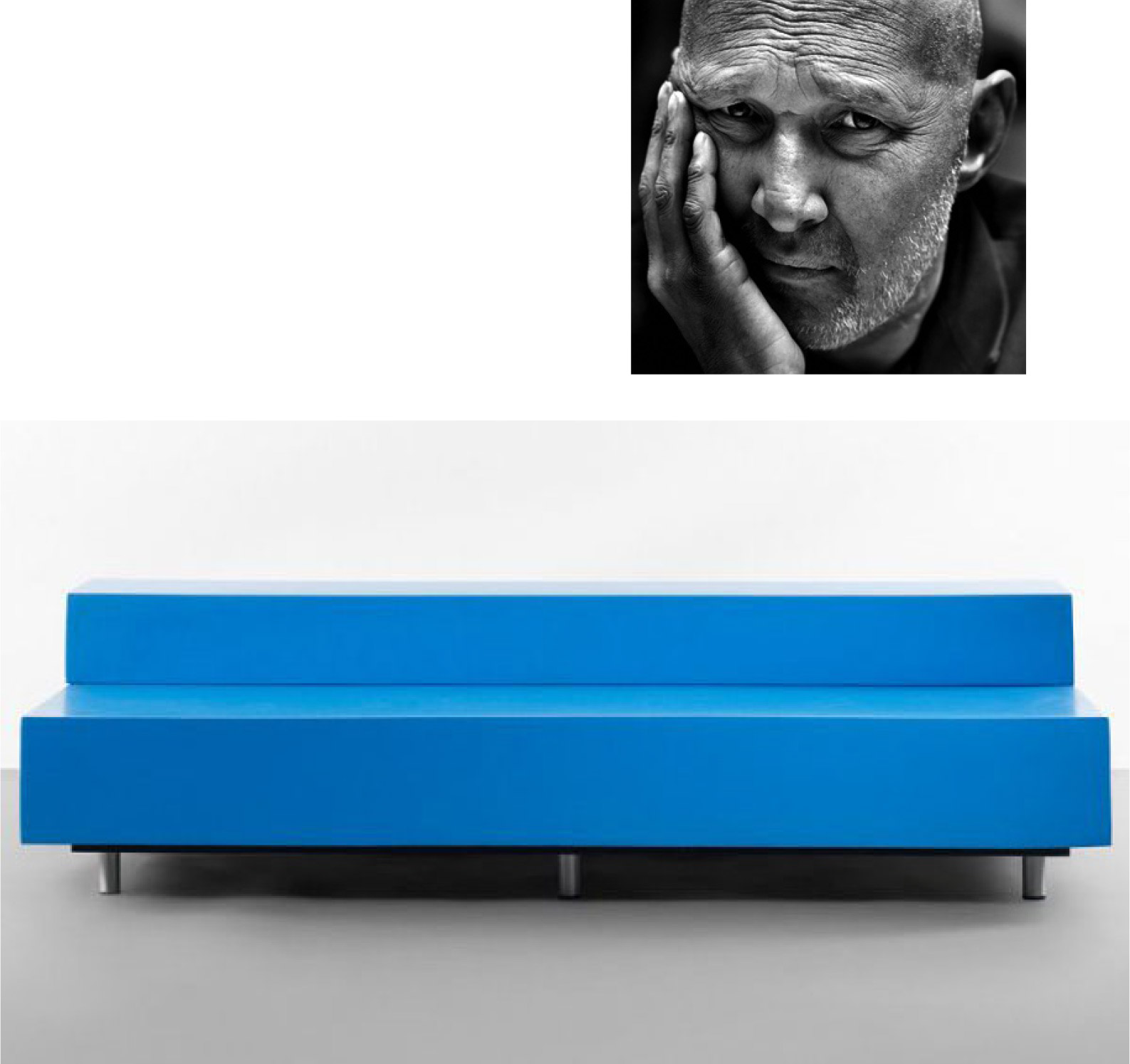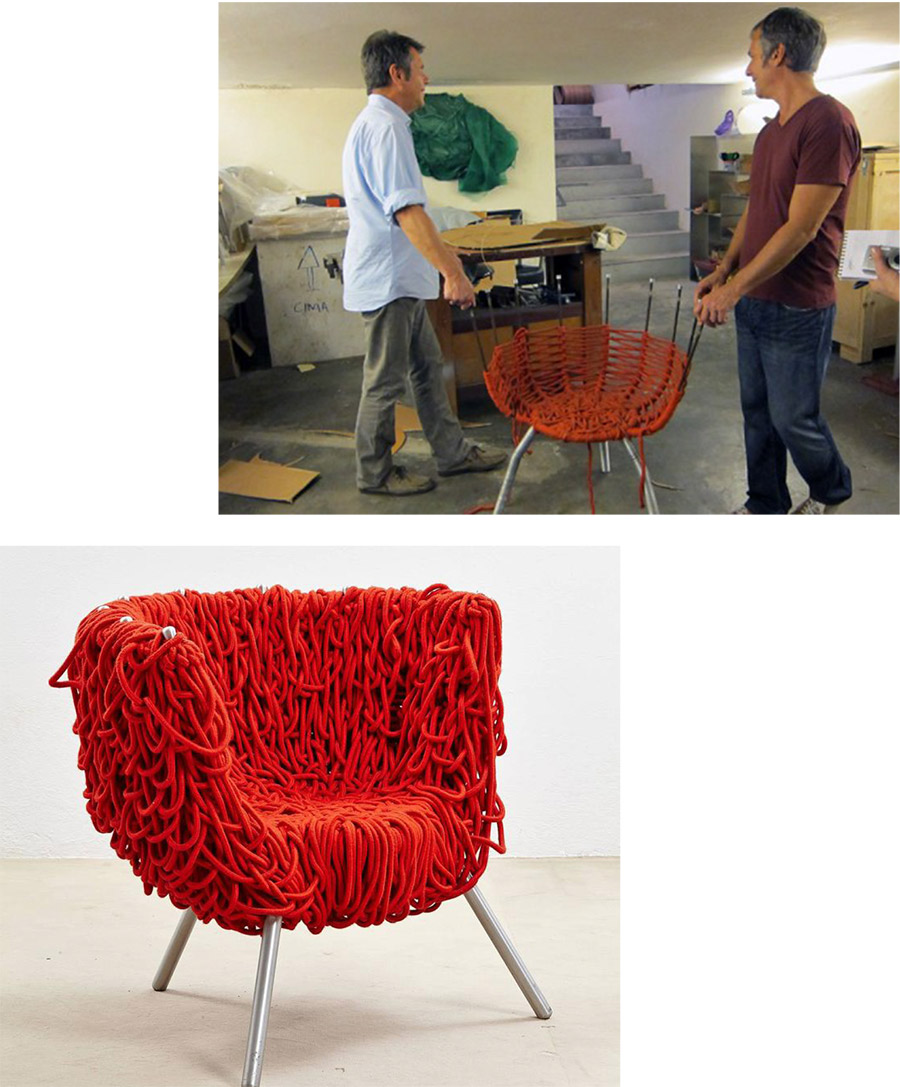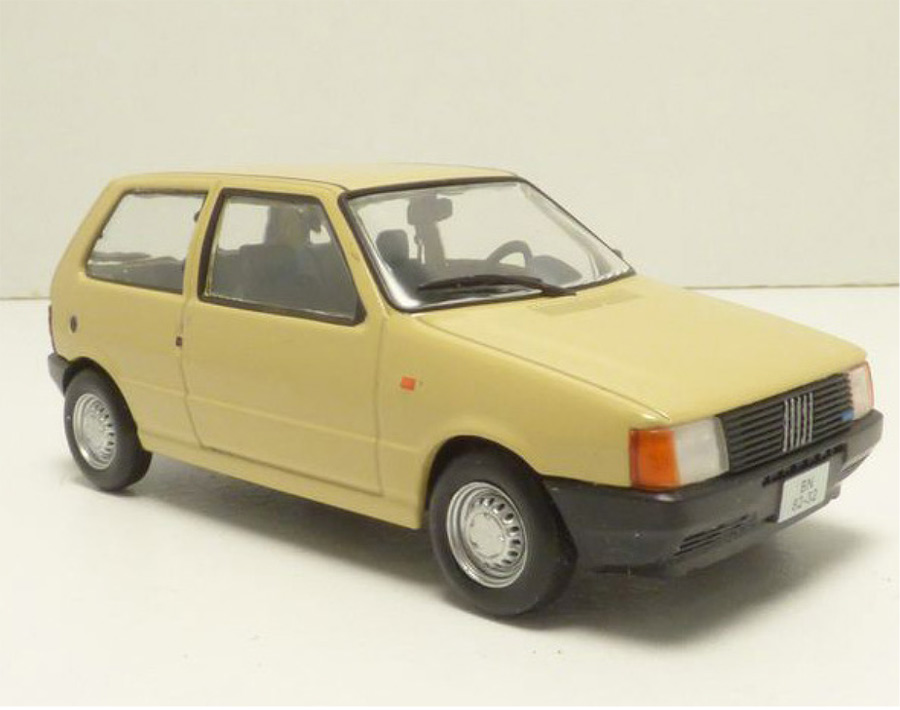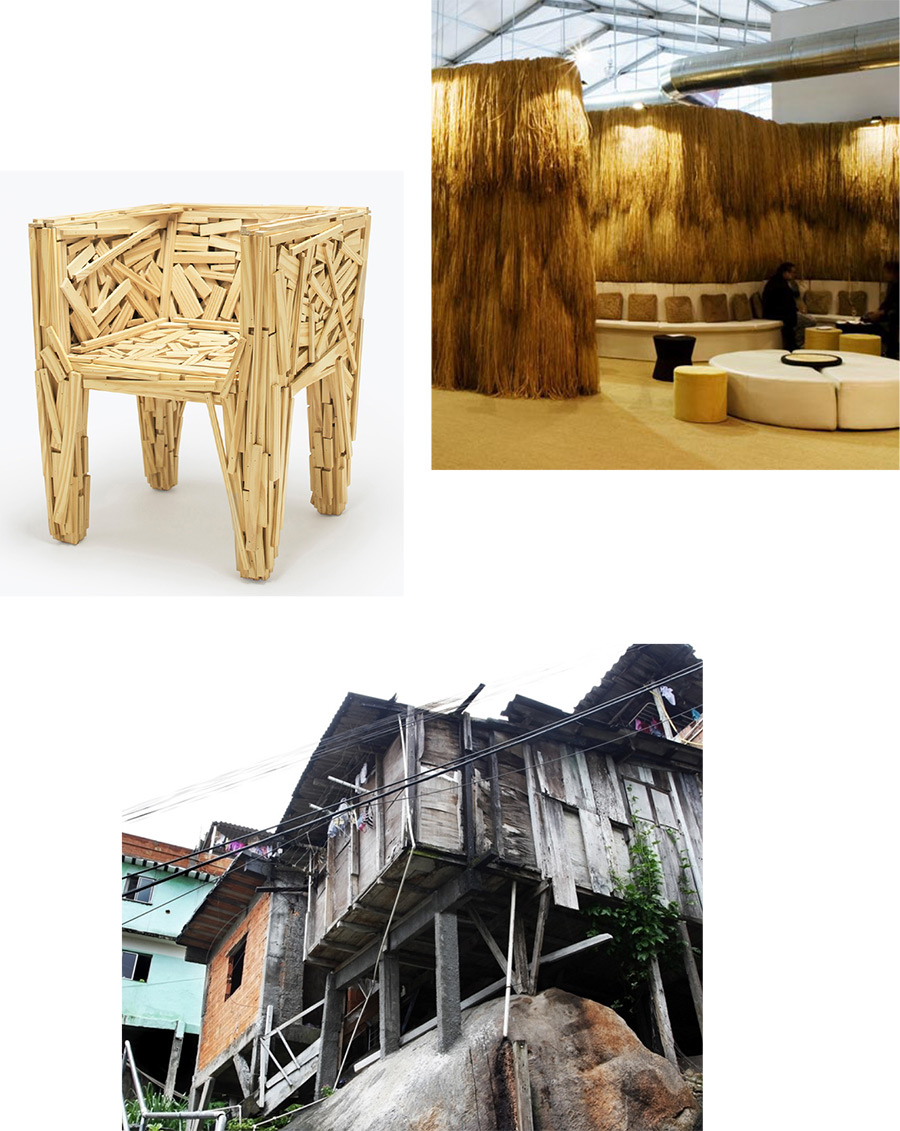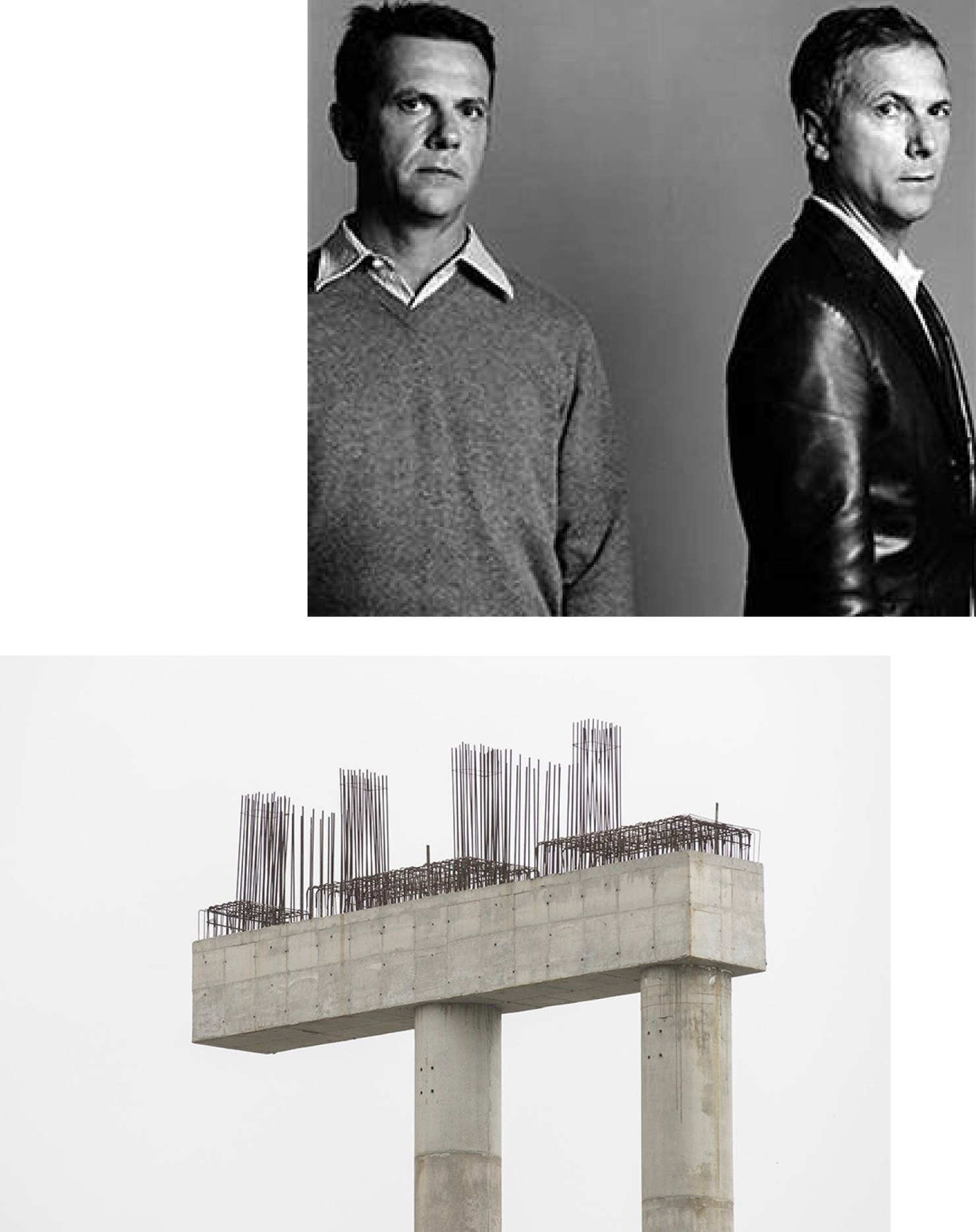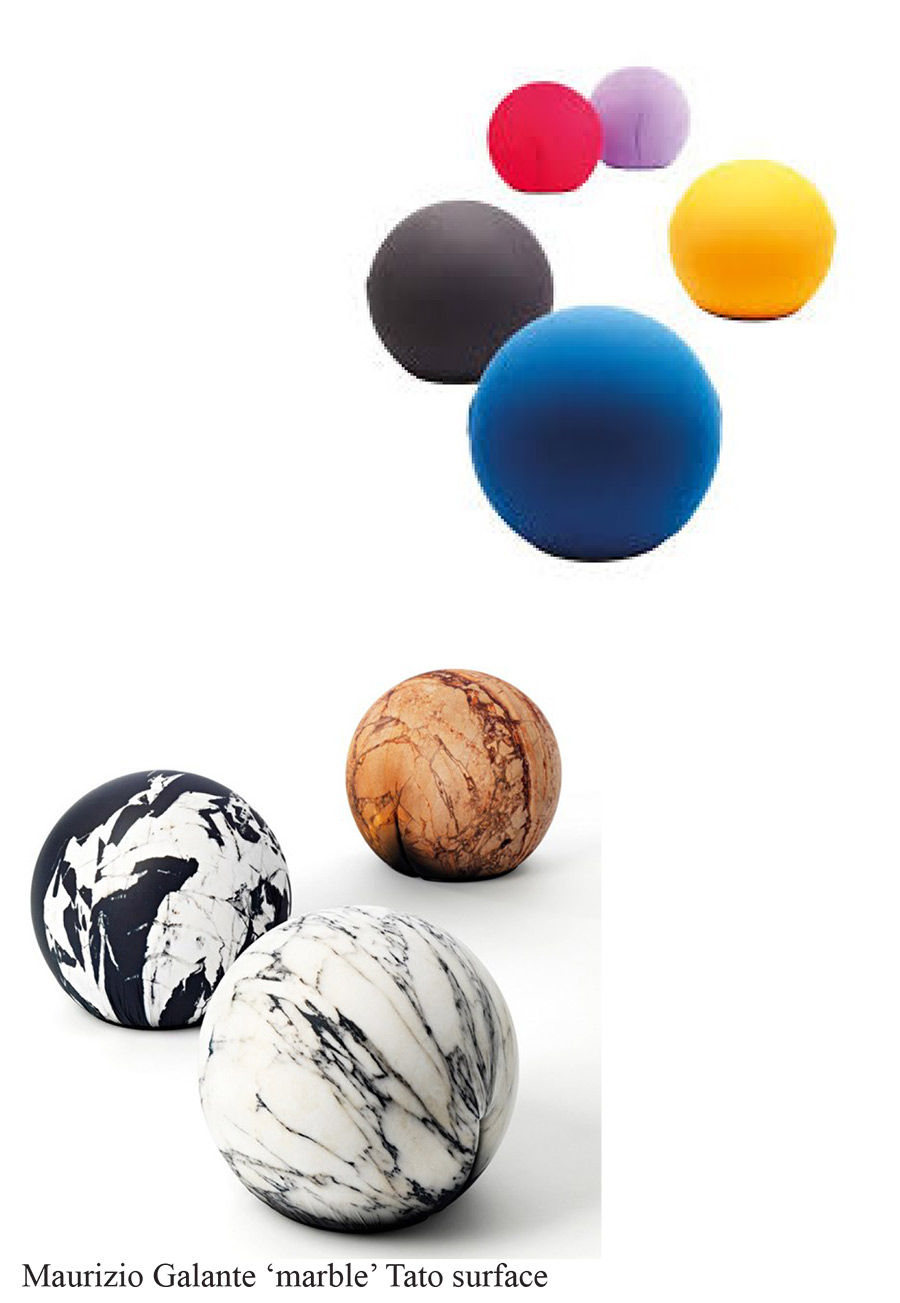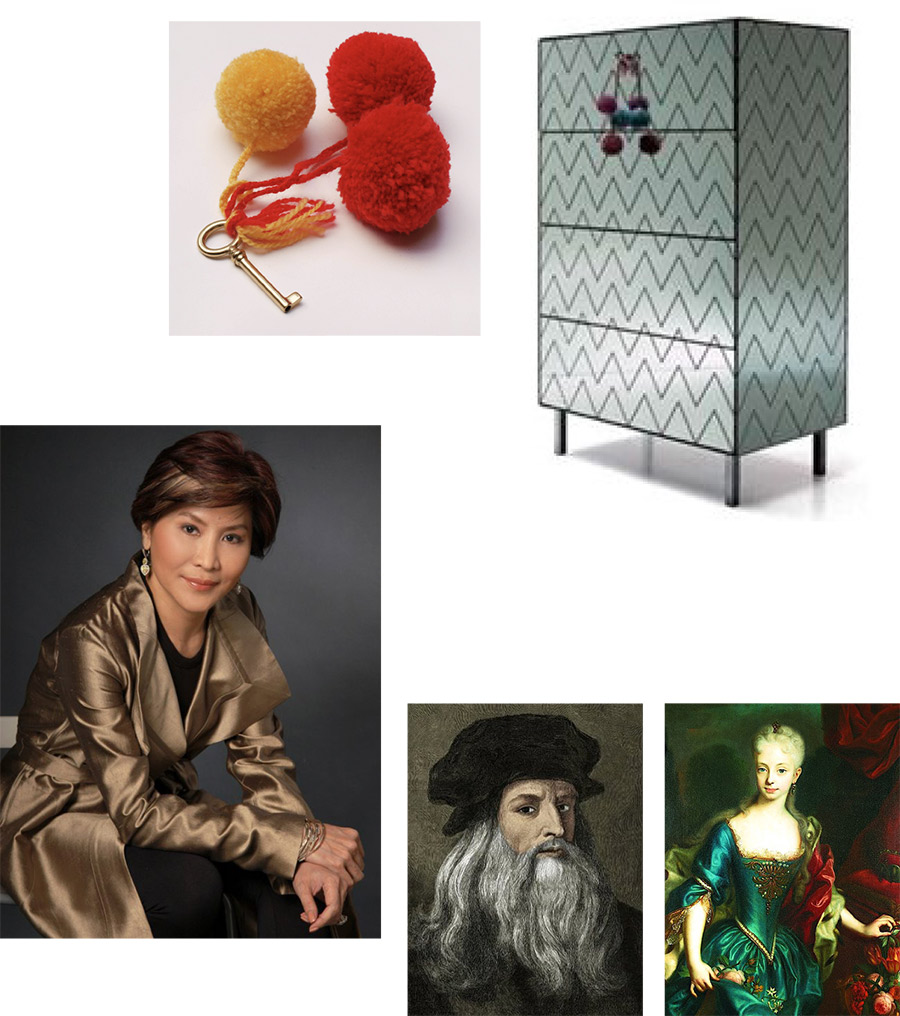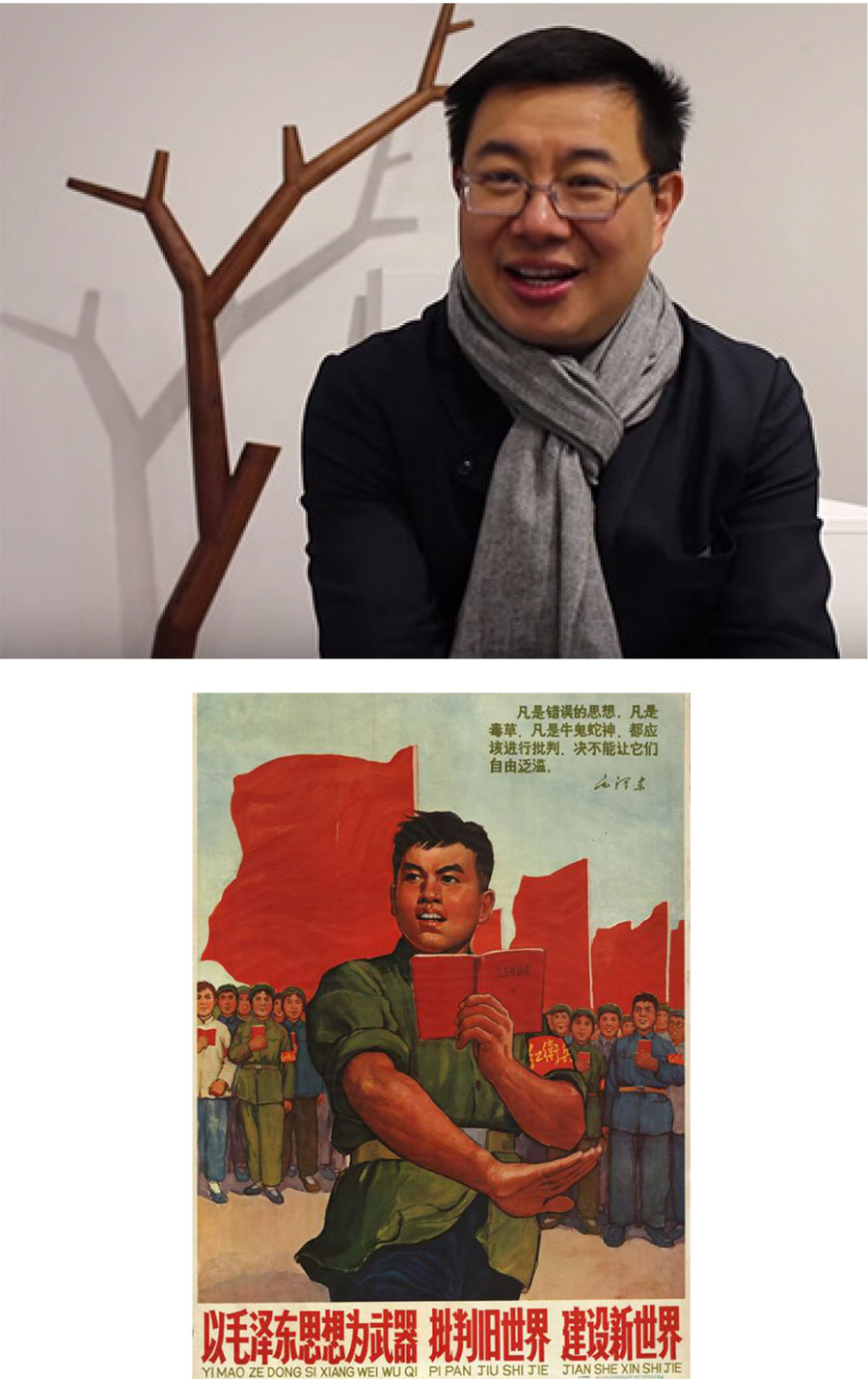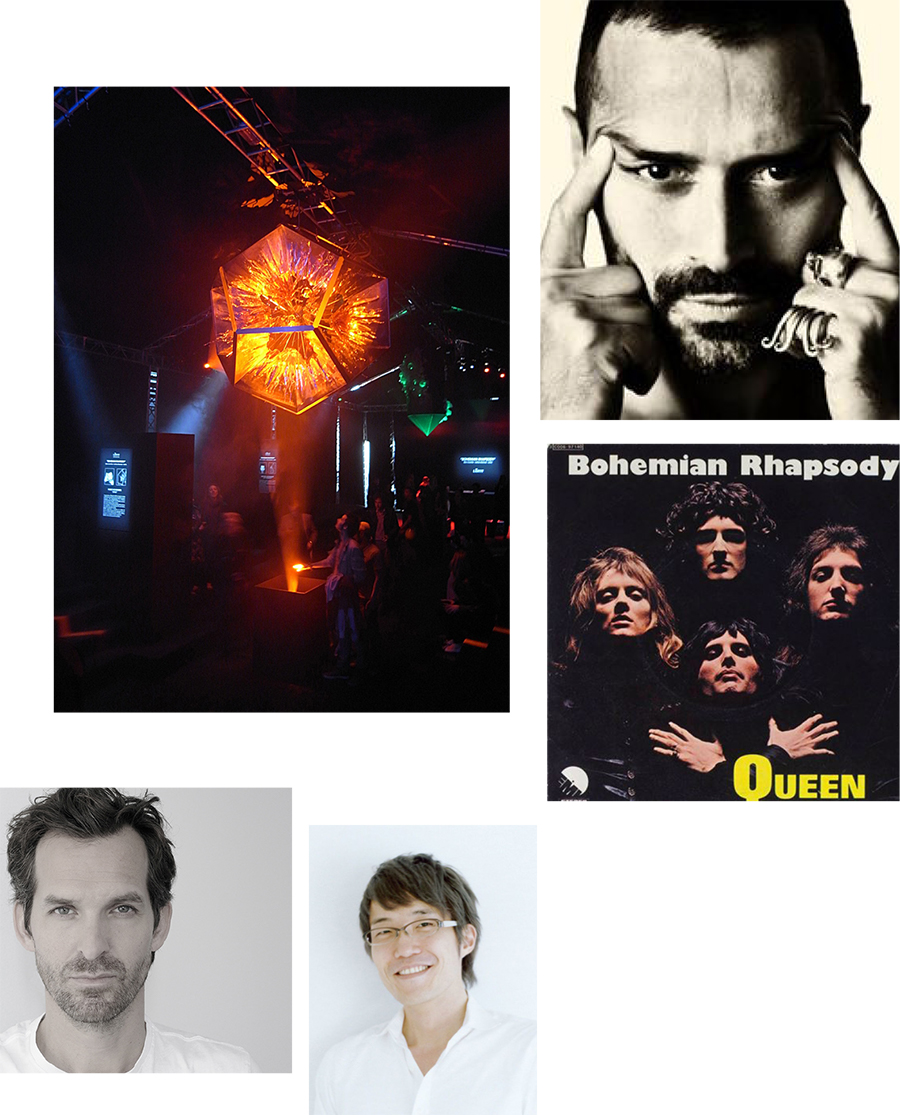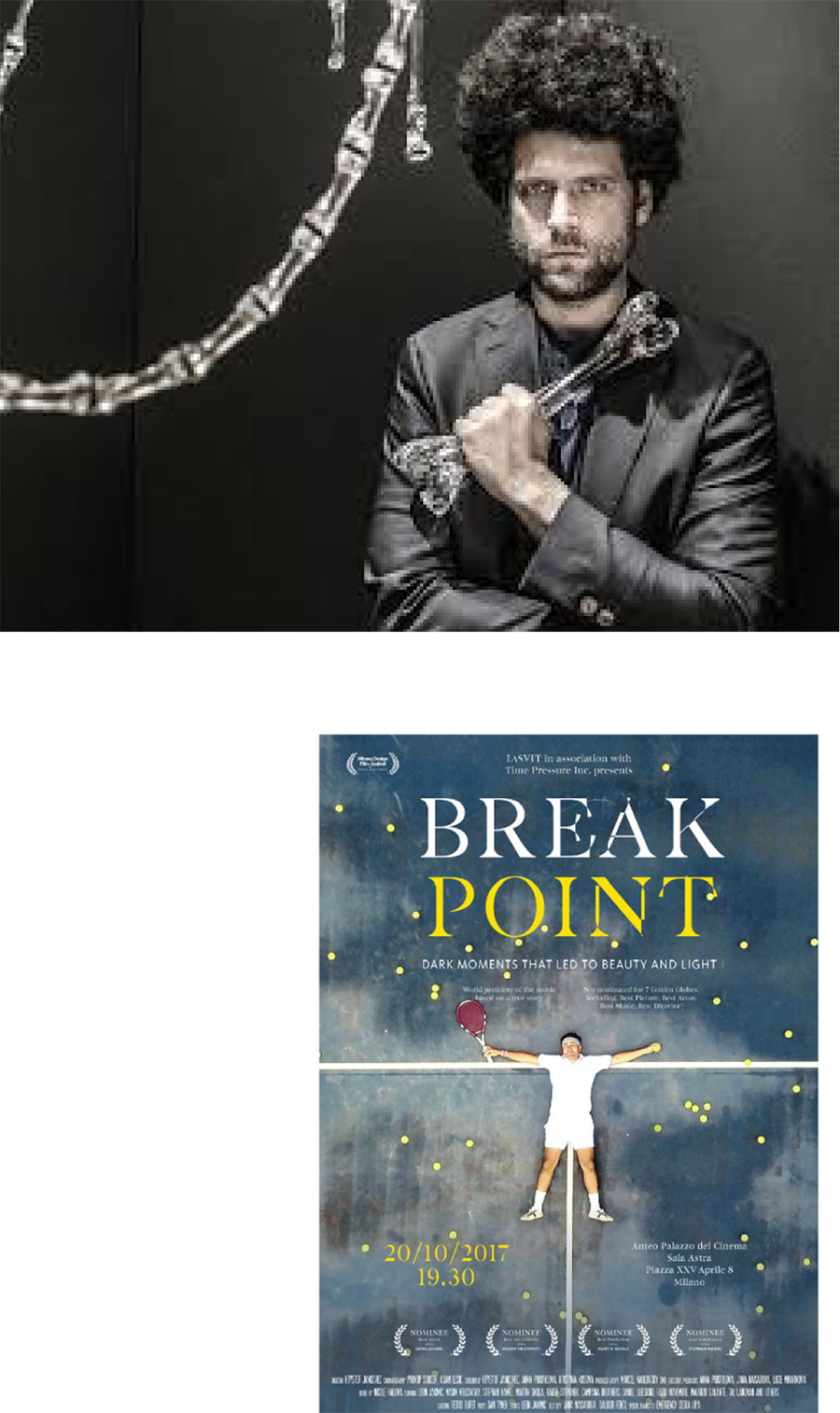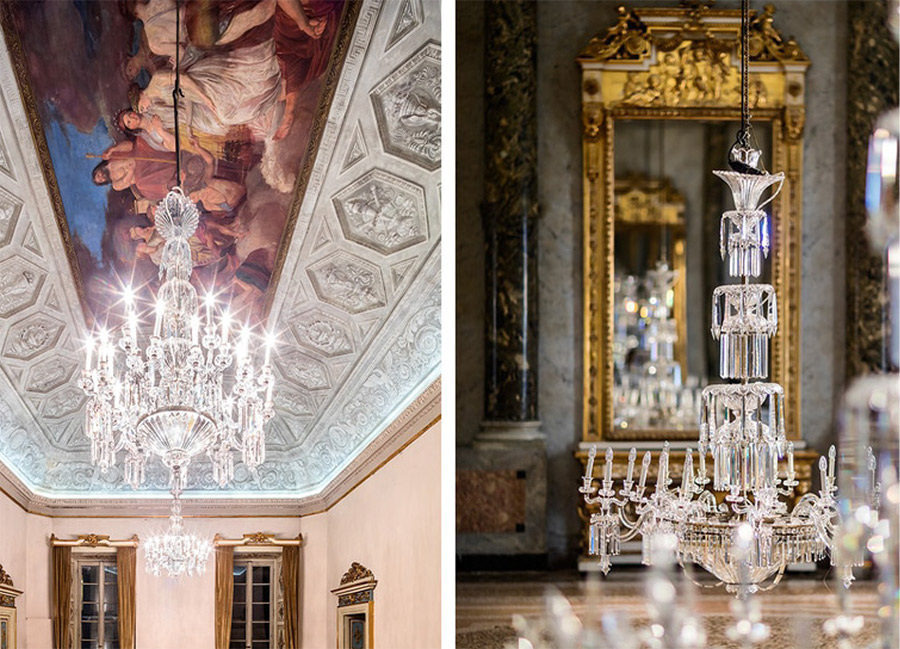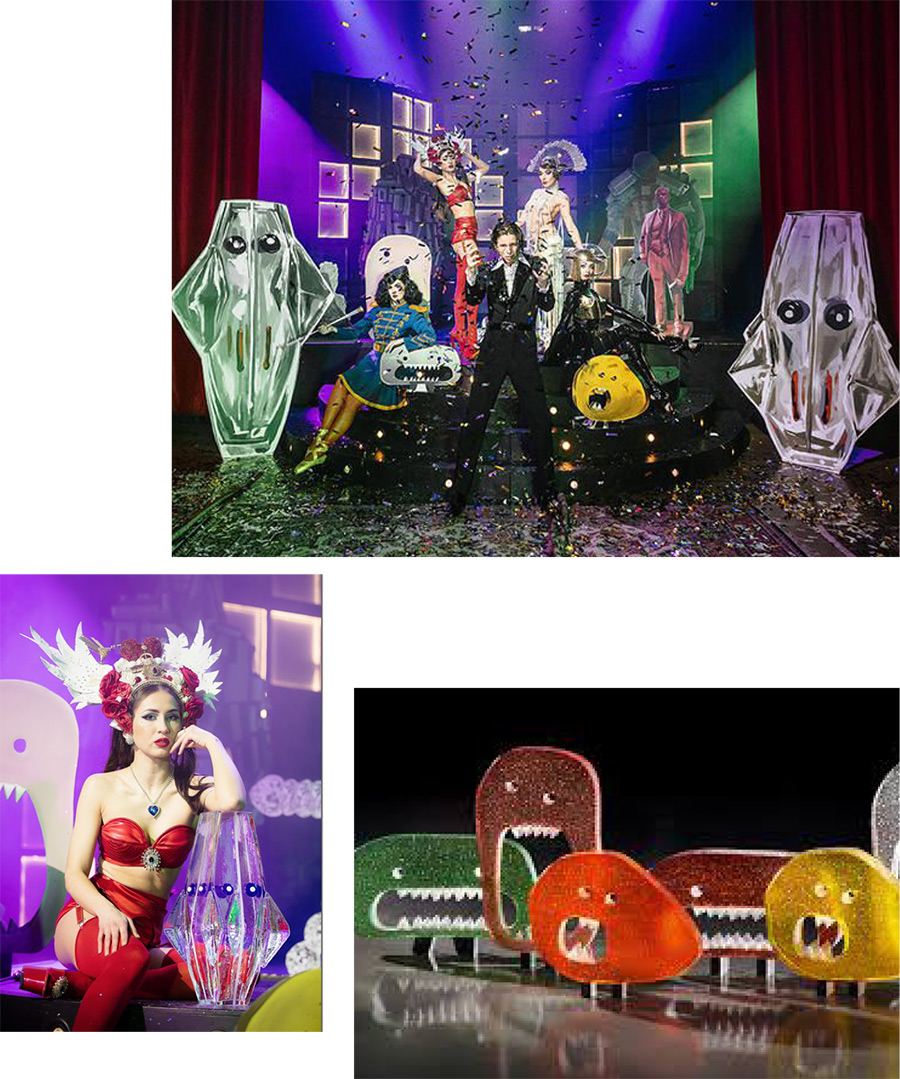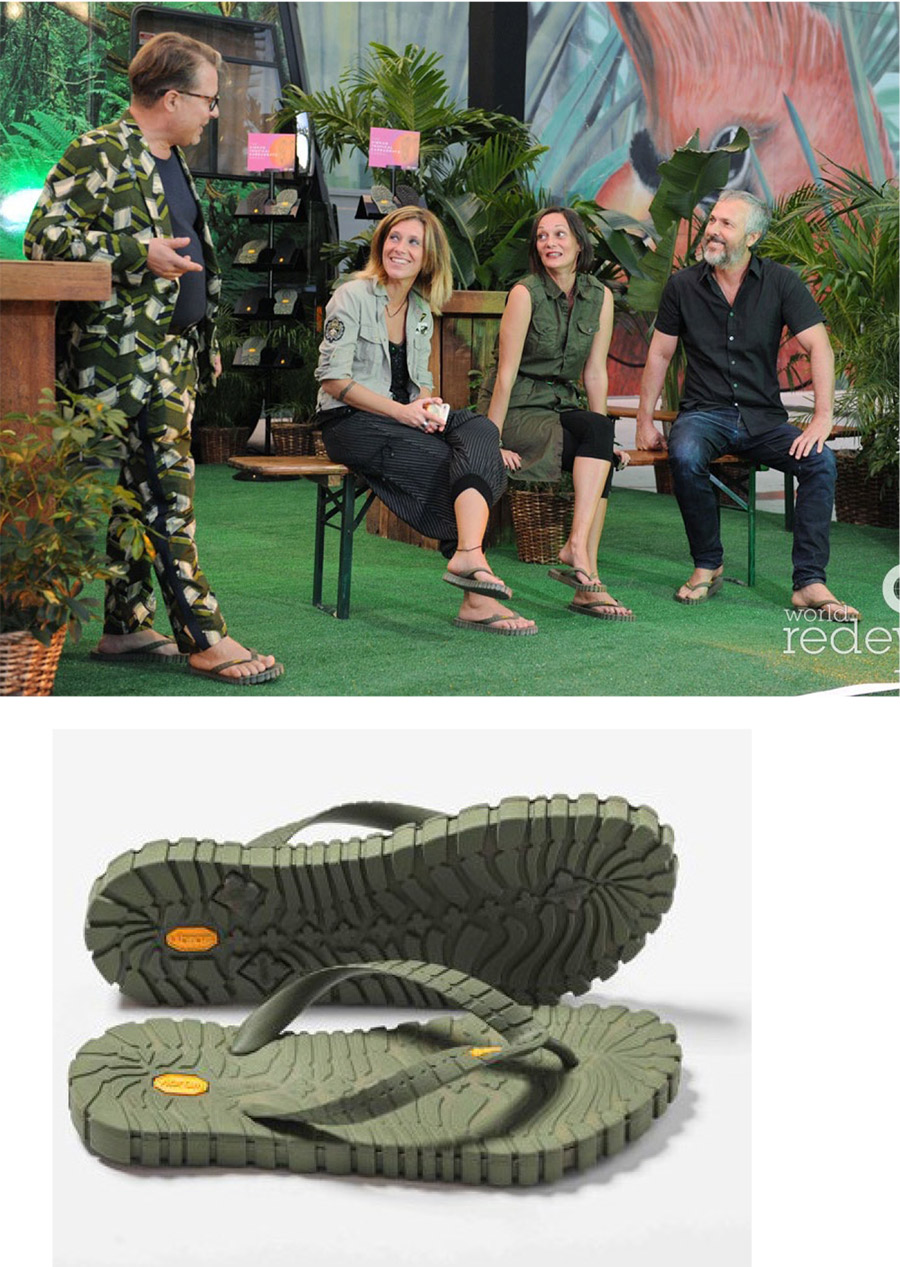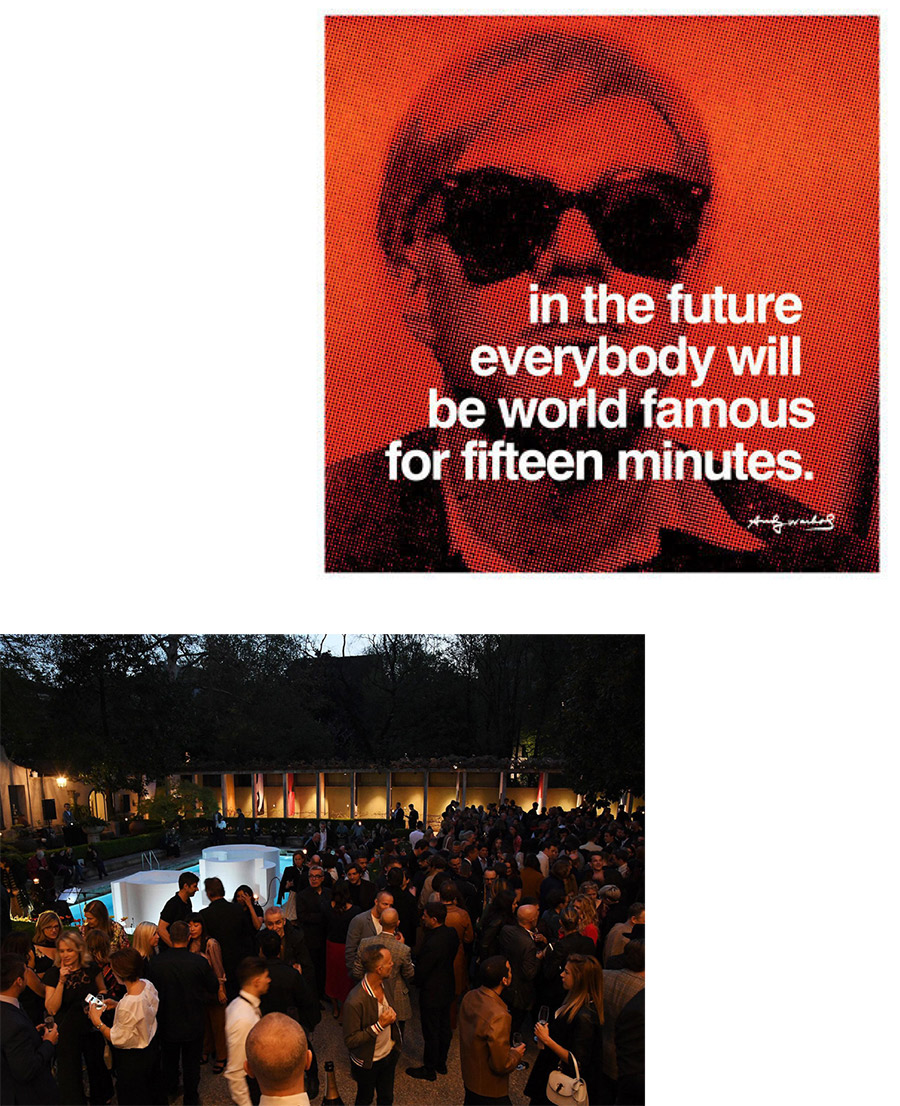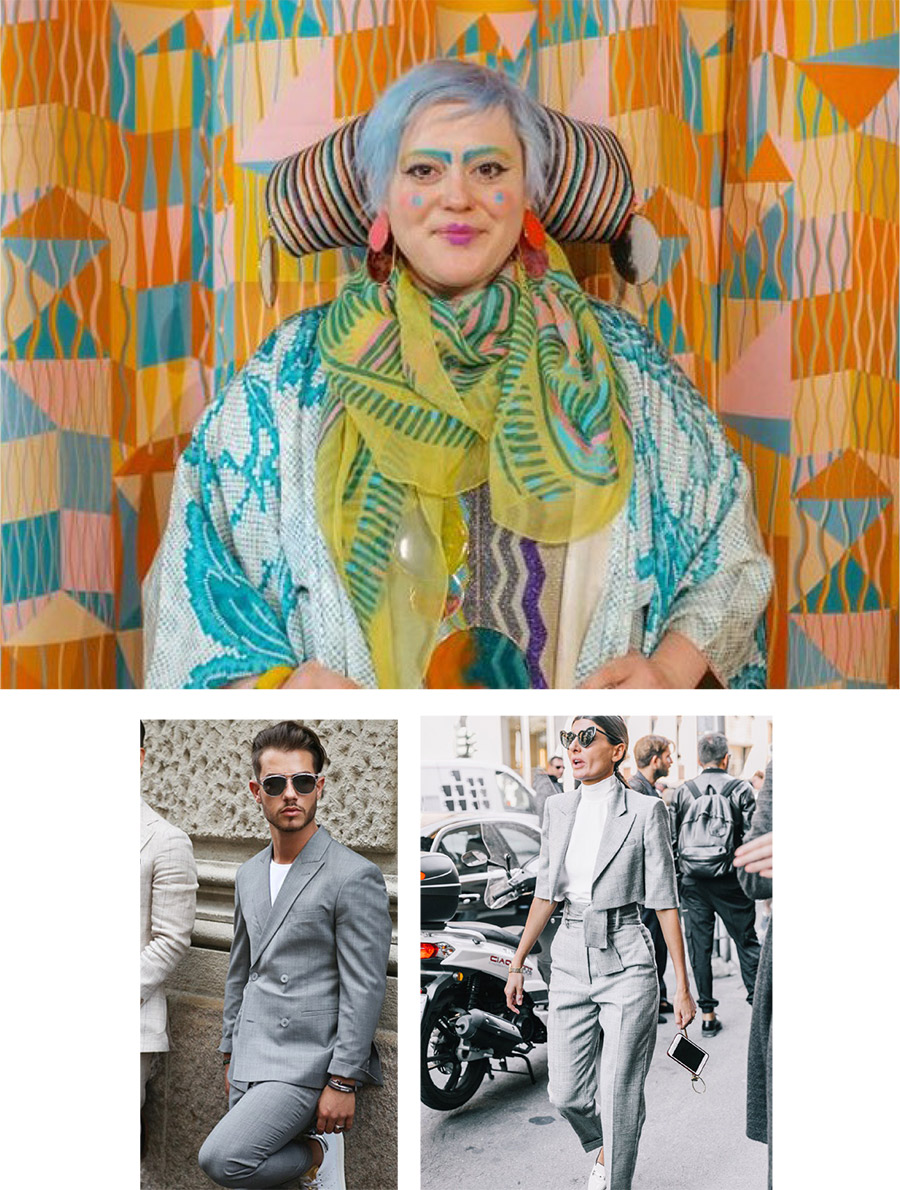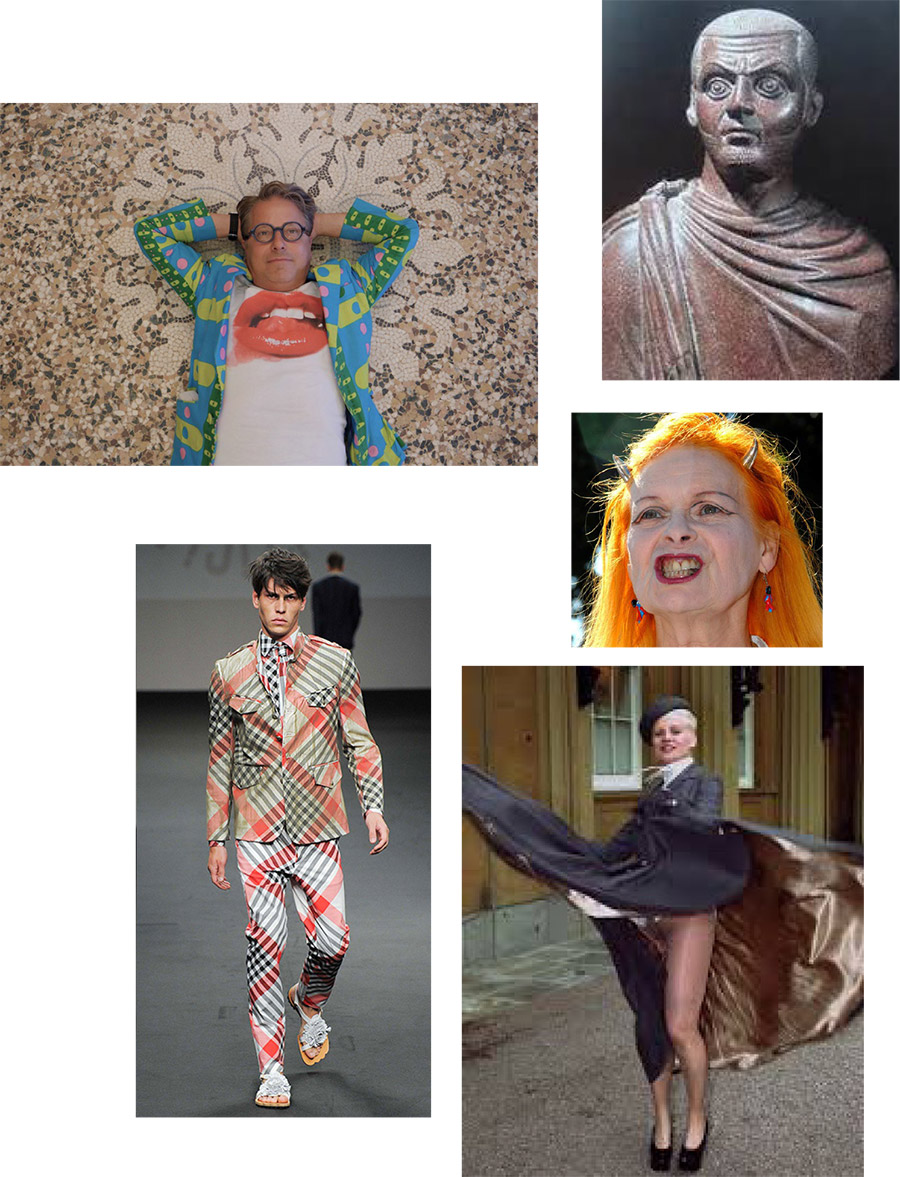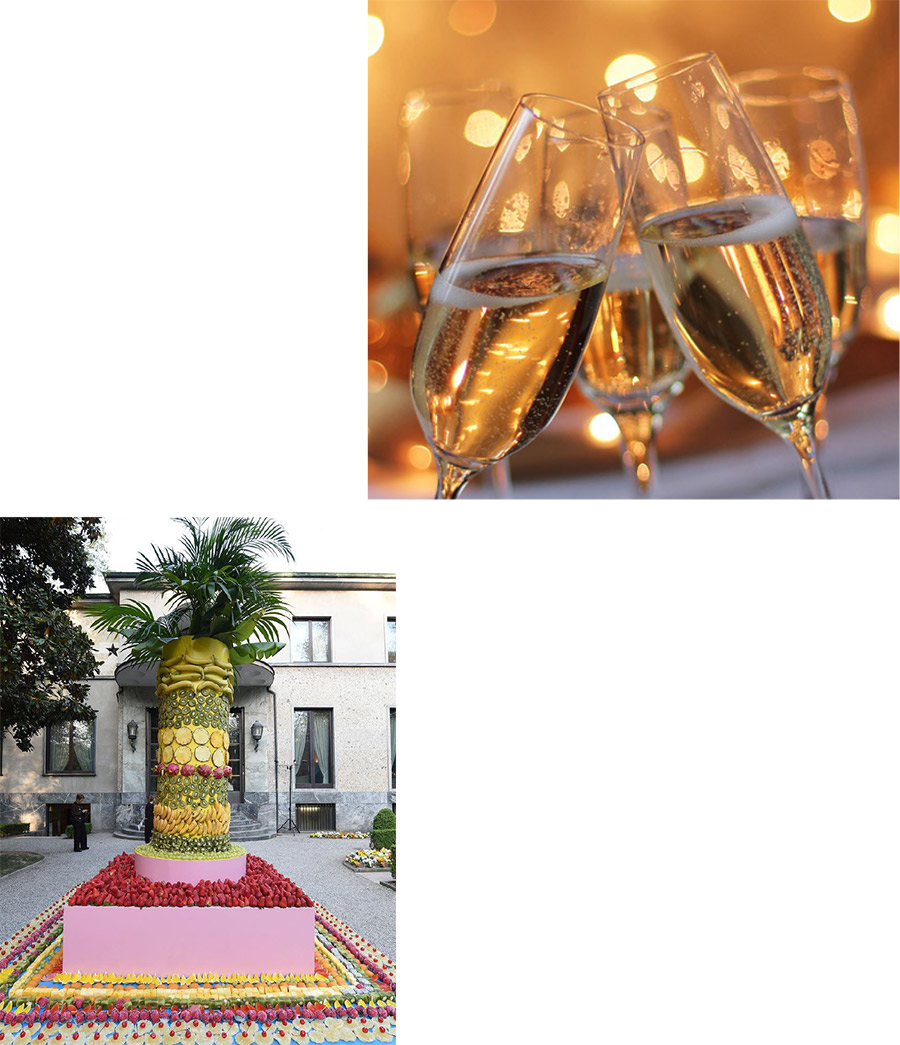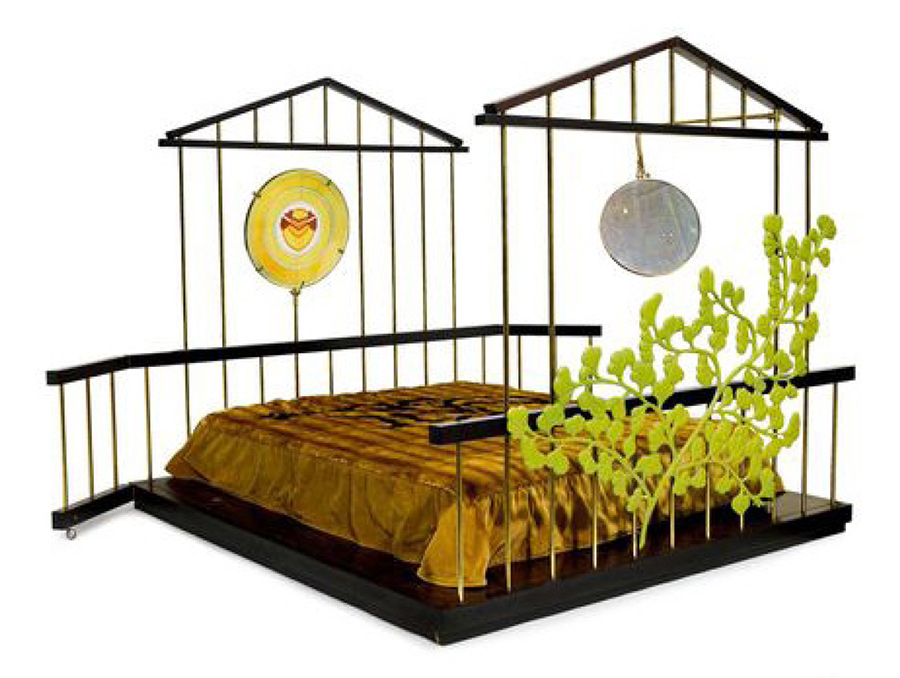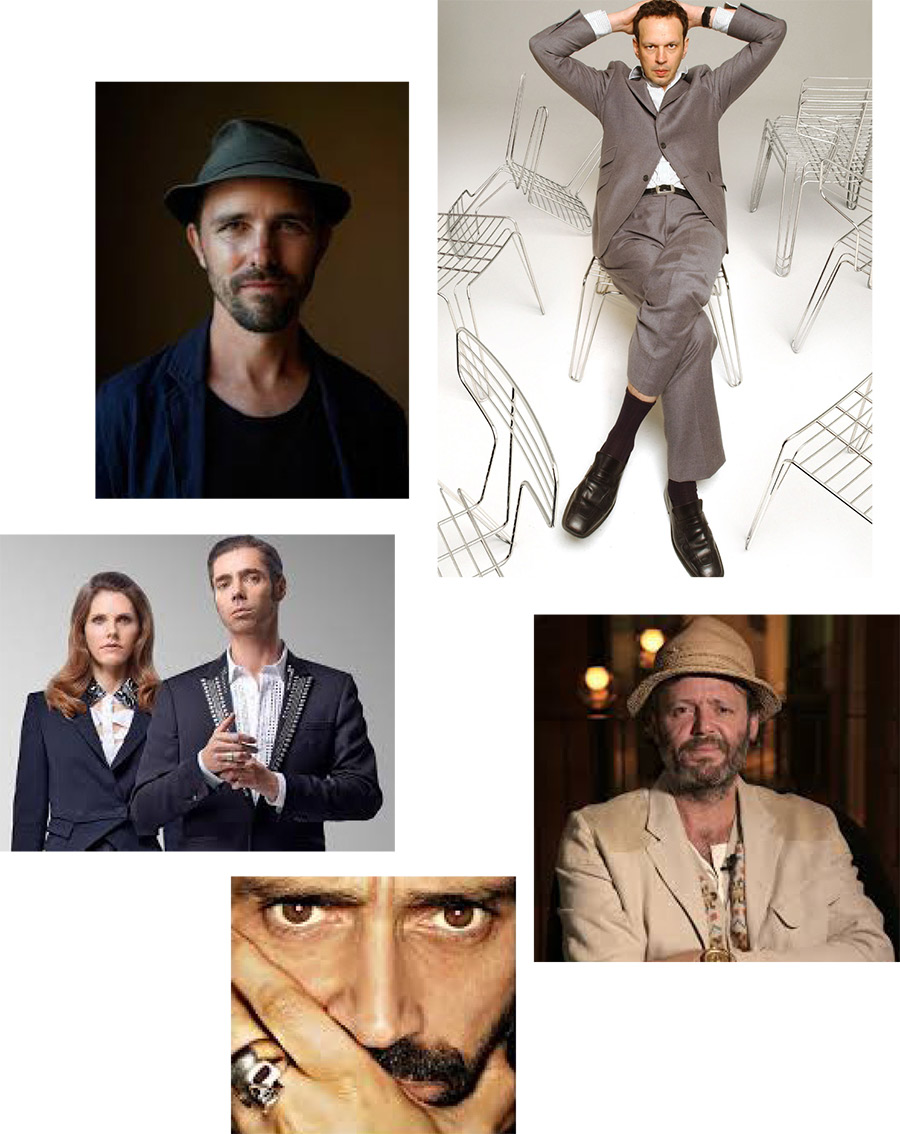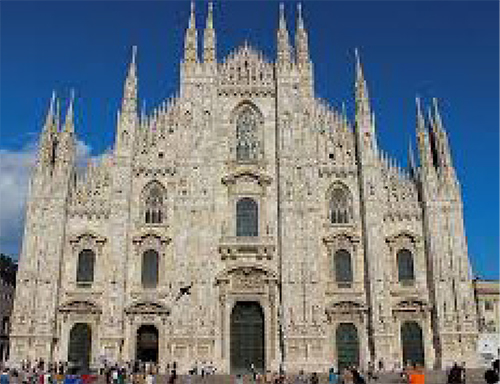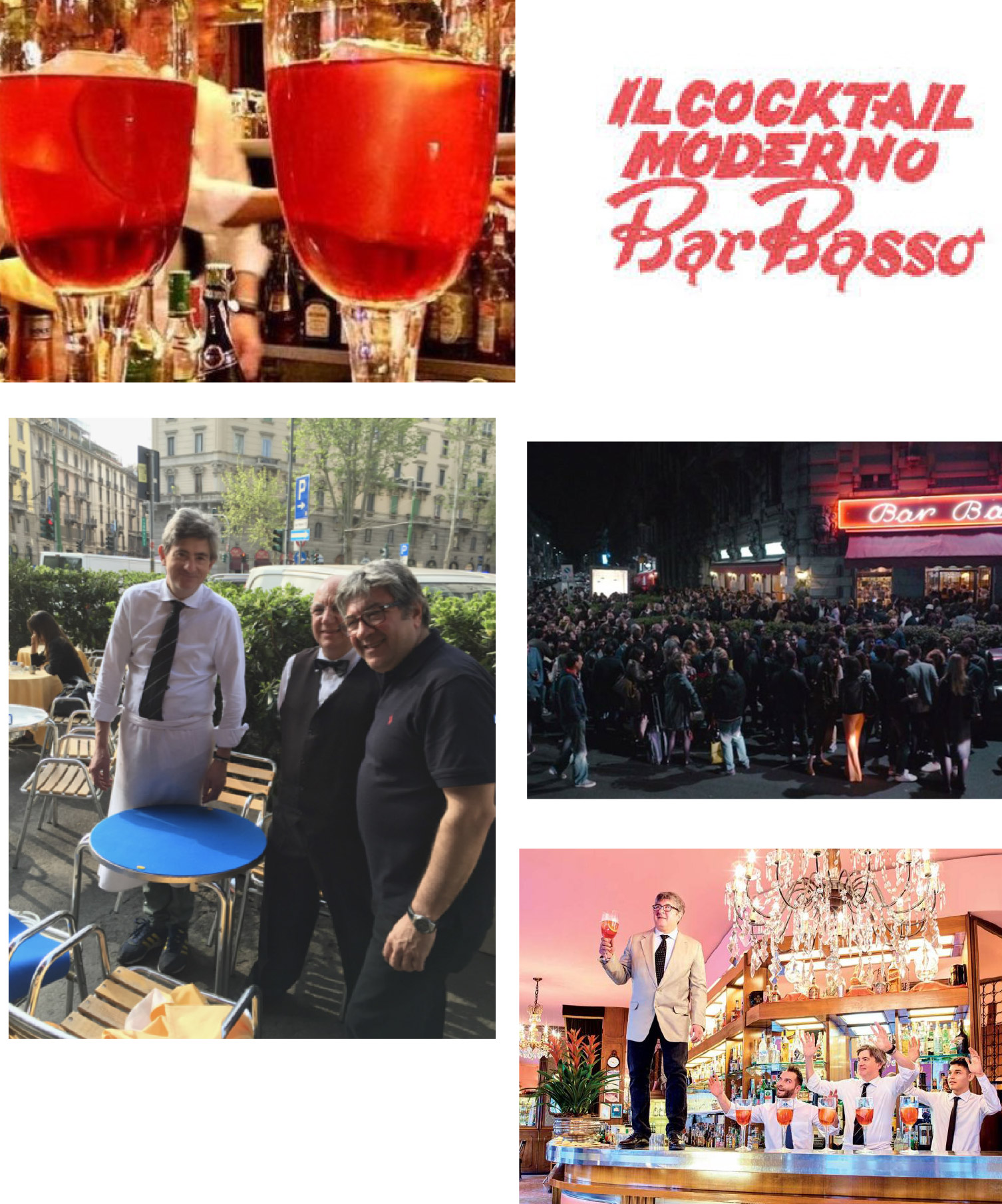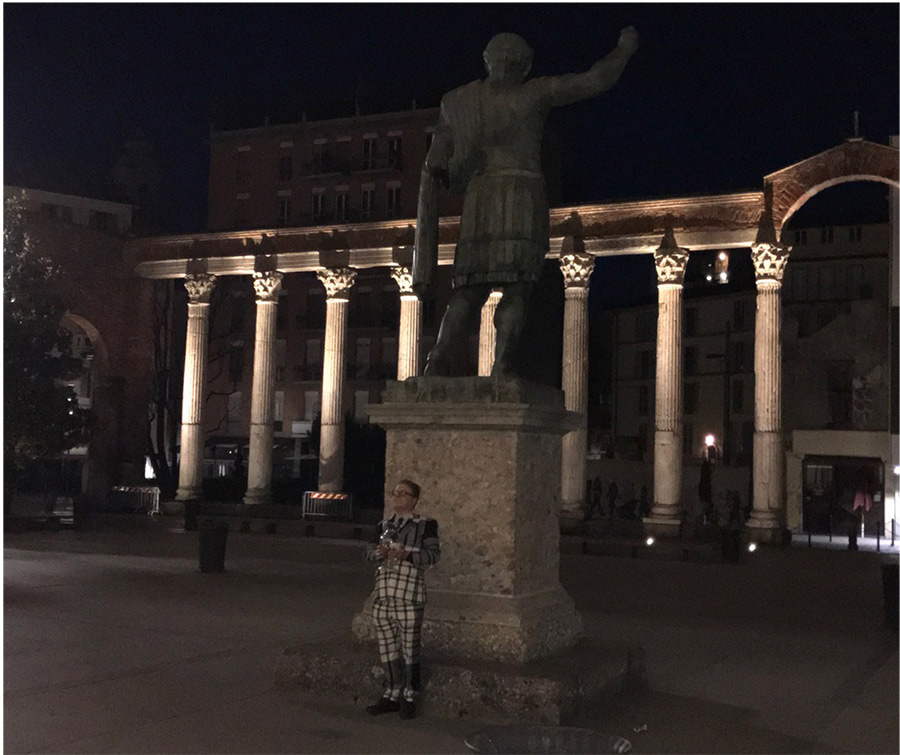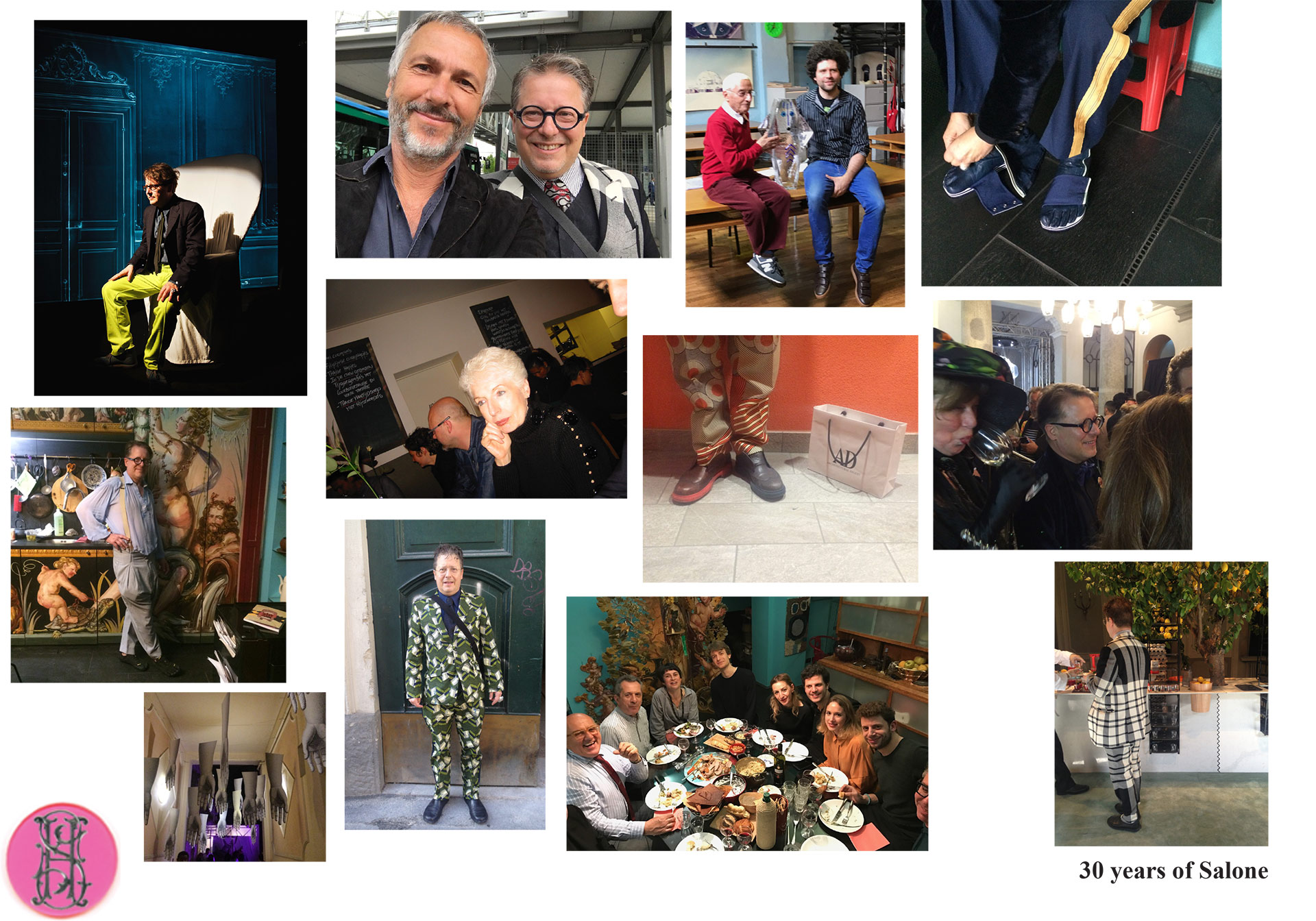Cultural changes and retail and consumer behaviour
Different political changes in luxury retail
Design, in emerging societies often appears as status
symbols. The East bloc nations, especially the Russian were the first, where fashion brands emerged with the
semblance of understanding the basics of design. Their suc- cess was not a designer’s creativity, but big shiny logos and la- bels, which however met tremendous turnovers. One Milanese fashion designer with a ‘minimalistic’ approach, furnished his yacht throughout with his home collection, which sank when it hit the water. Good taste, bad taste? You can imitate but you can’t buy style.
Your house is your temple, the bed the altar of your passion
The fireplace replaced the television as the focus of living space, then mobile handset and the virtual world. And, the bed is the altar of your passion. With physical space becoming smaller and smaller, we still take an immediate impression of someone when entering their home, and with that, a feeling for their emotional values. A home, workspace, or hotel mani- fests how we work, rest or play.
Fashion in the Design world
The fashion consumption is huge, and now we realise that we don’t need the hundreds of white shirts. We need to stop still and to sleep. A couturier can have a vision of interiors yet cre- ate furniture to concept has a different timespan and longevity.

